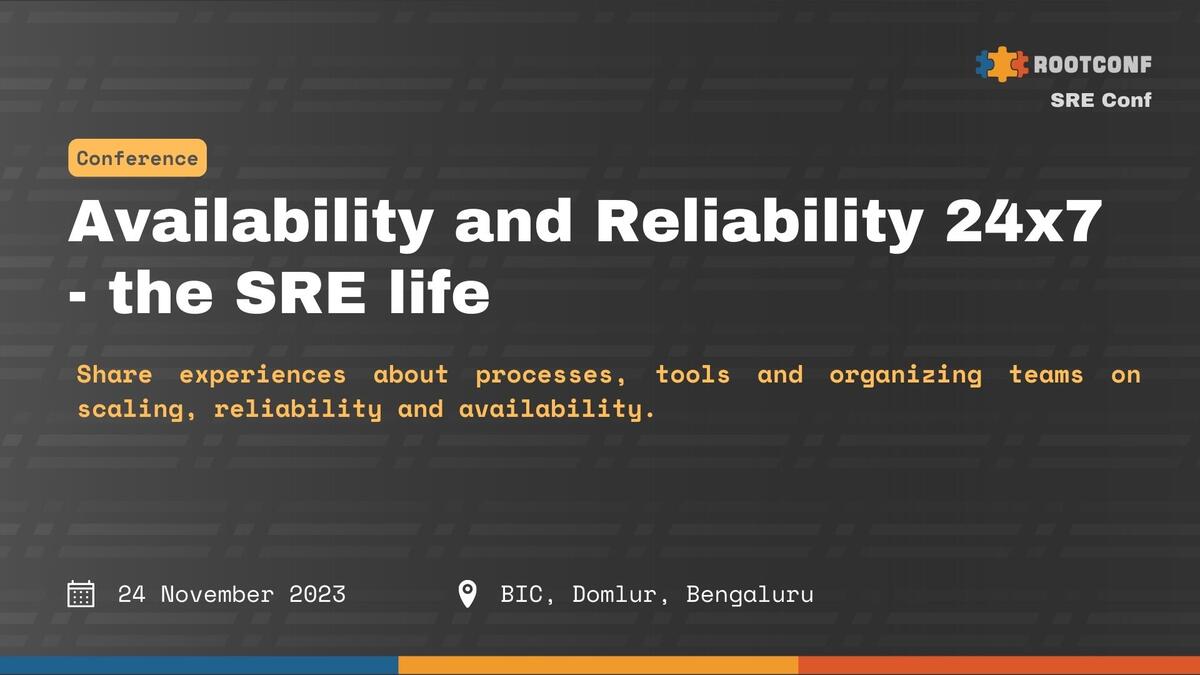Amidst the constantly changing e-commerce landscape, Flipkart is swiftly integrating hybrid cloud solutions to achieve the optimal mix of scalability, flexibility, and cost-effectiveness.
While hybrid cloud environments offer immense potential, the complexity of managing billing and optimizing resources across multiple cloud providers and on-premises infrastructure presents a significant challenge.
Our presentation aims to shed light on an innovative solution- the Flipkart Hybrid Cloud Billing and Optimization Platform. We will delve into how this platform transforms the management of Flipkart’s hybrid cloud infrastructure, delivering significant cost savings, performance enhancements, and improved operational flexibility.
Key features
Cost Visibility: Provides a comprehensive view of cloud costs, including expenses related to public cloud providers, private data centers, and any other cloud resources.
Resource Allocation: Allows for efficient allocation of resources across on-premises and cloud environments. Helps in ensuring that workloads are placed in the most cost-effective location.
Cost Allocation and Chargeback: Enables organizations to allocate costs to specific departments or projects, facilitating internal chargeback mechanisms.
Cost Analysis and Forecasting: Offers cost analysis tools to identify trends, anomalies, and areas of overspending. Provides forecasting capabilities to estimate future costs based on current usage.
Resource Right-Sizing: Recommends right-sizing of resources by identifying over-provisioned or underutilized instances. This helps in optimizing resource allocation and reducing costs.
Policy-Based Optimization: Allows organizations to define cost and performance policies, which are enforced automatically. For example, auto-terminate idle resources or enforce specific cloud pricing options.
Integration with Cloud Providers: Supports integration with hybrid cloud providers to pull billing and usage data. Ensures compatibility with various cloud platforms.
Multi-Cloud Management: Manages resources and costs across multiple cloud providers and on-premises infrastructure, providing a unified view of hybrid cloud environments.
Dashboard and Reporting: Offers a user-friendly dashboard with real-time cost and performance metrics. Generates customizable reports for various stakeholders.
Alerts and Notifications: Sends alerts and notifications for cost anomalies, budget thresholds, and compliance violations, allowing for immediate corrective actions.
Key Highlights:
Understanding the Hybrid Cloud Landscape: Delve into the benefits and challenges of hybrid cloud adoption. Discuss the reasons organizations choose hybrid cloud solutions and the diversity of hybrid cloud architectures.
Billing Complexity in Hybrid Cloud: Explore the complexities of billing in a hybrid cloud environment. Identify the key cost drivers and the impact on the organization’s financial health.
Optimization Strategies: Introduce innovative optimization strategies for hybrid cloud environments. Examine how intelligent resource allocation and right-sizing can unlock substantial cost savings.
Hybrid Cloud Billing Platform: Present a detailed overview of the Hybrid Cloud Billing and Optimization Platform. Explain how the platform simplifies billing and cost allocation across diverse cloud providers and on-premises infrastructure.
Implementation Considerations: Discuss the steps for successful implementation and integration of the platform within an organization. Highlight potential challenges and best practices.
Future Trends and Innovations: Explore emerging trends in hybrid cloud billing and optimization. Anticipate how this technology will evolve in response to the changing landscape of cloud computing.


{{ gettext('Login to leave a comment') }}
{{ gettext('Post a comment…') }}{{ errorMsg }}
{{ gettext('No comments posted yet') }}